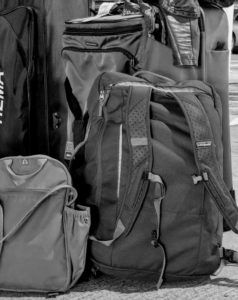Peru Has It All!
Yep, Peru has it all—gentle and friendly people, an ancient and rich culture, awe-inspiring scenery, earthquakes, over 3,000 miles of coastline, extreme altitudes, incredible food, and more micro-climates than you can shake a stick at. Use these 6 tips before traveling to Peru and don’t miss out!
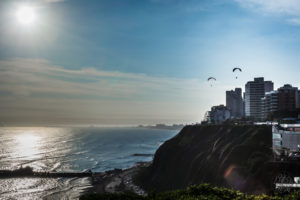
Wouldn’t it be a shame to miss out because of poor, prior planning?
Through my pre-trip research, and experiences during my Peru trek, I compiled these 6 tips before traveling in Peru. Hopefully they’ll help keep you healthy, and happy, during your time there.
As I was organizing this entry a quote from the movie THE PRINCESS BRIDE whispered in my head,
“If you haven’t got your health, you haven’t got anything.”
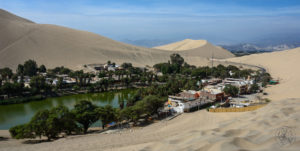
6 Tips Before Traveling to Peru
1. Vaccinate Early & Talk to Your Doctor
2. Research Altitude of Destinations
3. Pack Light
4. Dress for Sun Protection
5. Be Mindful of Mosquitos
6. Study Up on Earthquakes
I can tell you right now that I won’t make it through all 6 tips in one posting. (You can thank me later.) But I will get a good start on it.
First up, vaccinations!!
1. Vaccinate & Talk to Your Doctor
Vaccinations are prudent prior planning for Peru.
This is at the top of the list because most vaccinations require several weeks to take full effect.
Peru is a country of incredibly diverse climates and microclimates. And for that reason your vaccination requirements will vary depending upon your area of travel.
Depending on your source, Peru contains 28 or 30 of the 32 documented world climates. For this reason, the recommended vaccinations vary depending upon where you plan to travel in Peru.
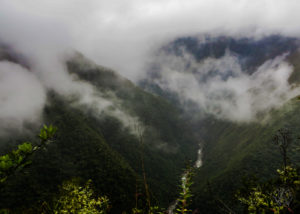
It’s very important to defer to your personal physician on this one, but in general, the Center for Disease Control along with the World Health Organization recommend travelers to Peru be up to date on the following vaccines:
- Typhoid
- Hepatitis A
- Hepatitis B
- Rabies
- Yellow Fever (not required to enter Peru, but it IS recommended if you plan to visit the Peruvian jungle areas)
- And, finally, be up to date on routine vaccines
2. Research Peru Destination Altitudes
Extreme Altitudes, Stairs & Heavy Breathing– All Part of the Peru Experience
Altitudes within Peru range from a low of sea level to over 22,000 feet at the top their highest mountain the Nevado Huascaran. Though the odds of you finding yourself at 22,000+ feet are fairly slim, many, MANY of the most popular tourist attractions are “at altitude” or above. That means they sit at 8,000 feet or up, with many being over 10,000 feet.
Cusco sits at 11,152 feet while Machu Picchu and Arequipa sit at just under 8,000 feet. To give you a point of reference, Denver—the mile-high city–sits at only 5,280 feet.
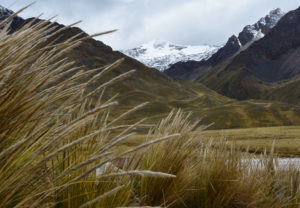
If you have a heart condition or respiratory issues or any type, you MUST check with your doctor before locking in your travel plans.
I been on vacations and business trips where I was at altitude for a week to several weeks at a time. I’ve witnessed persons restricted to their hotel with oxygen tanks, or being rushed to the hospital due to complications from high altitude. In all instances I found out later that each of them had either a pre-existing heart or respiratory condition.
It’s important to take high altitude seriously. Make sure to ask your doctor about signs of altitude sickness. Better to aware and prepared, than sorry.
3. Pack Light for Peru
Let me paint a picture for you. To see even a small portion of Peru requires transportation—either public or privately arranged. And walking…..lots of walking.
For the most part, their roads are much narrower than ours. Their vehicles, even tour vans and buses, are more compact.
Even though you may start out in a ‘full-sized’ tour bus, you may have to switch to a van upon entering any given town as the streets are too narrow or traffic too congested.
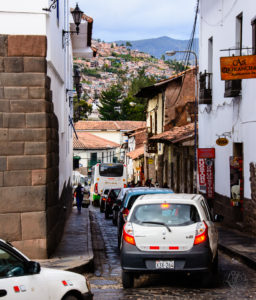
As mentioned, elevators are few, and far between with stairs being the norm for accessing most hotel rooms, restaurants, and historic sites.
Are you getting the gist of where I’m going with this?
Lugging a large, heavy suitcase (or two) up and down stairs or over hill and dale is not going to add to your enjoyment of the trip. And could harm more than just your back.
Pack light or at least divide your belongings into smaller bags.
We didn’t pack heavy, but we certainly could have packed lighter, with little or no inconvenience to ourselves.
Don’t get me wrong. If you don’t want to, you don’t have to handle your luggage once you are connected with a tour, or check into a hotel.
But more than once I witnessed a bellman with a 50-pound piece of luggage hung over each shoulder, AND carrying smaller bags in his hands. This, while cruising up 3 flights of stairs!
It was massively impressive, but it shouldn’t have been necessary. So, please, for Trekker’s sake —pack light.
Well, there you go. Three of the six tips before traveling to Peru.
Til next time. . . A Curious Trekker signing off!
[If you haven’t already, check out additional TRAVEL TIPS by clicking HERE. ]

